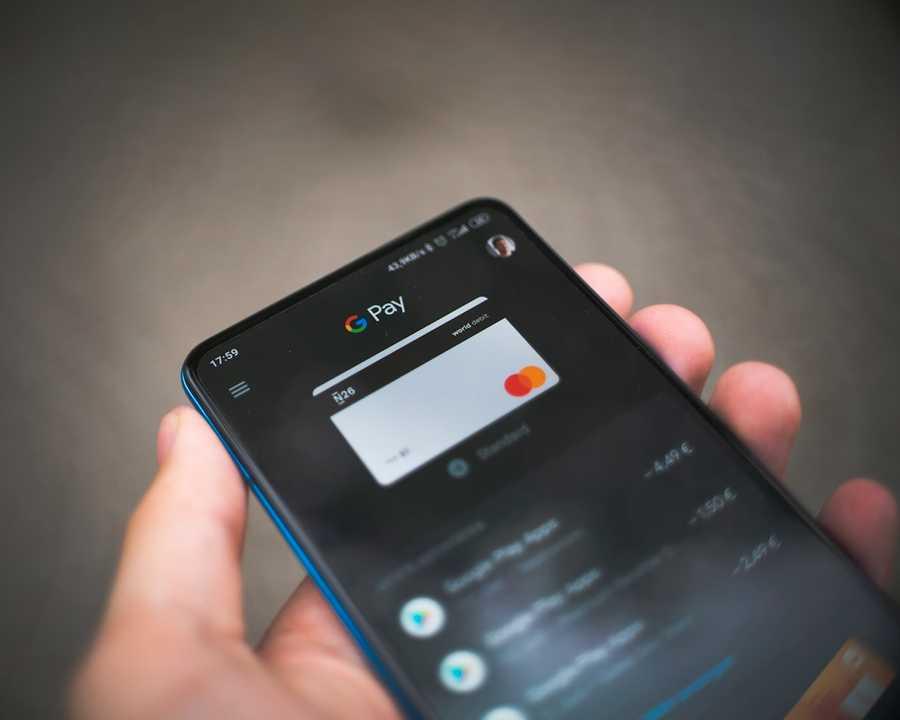What is Web3? The Decentralized Internet of the Future Explained
freecodecamp.org
7 ideas
·23.1K reads
146
4
Learn more about technologyandthefuture with this collection
The differences between Web 2.0 and Web 3.0
The future of the internet
Understanding the potential of Web 3.0
What is Web 3.0?
Web3 enhances the internet as we know it today with a few other added characteristics. Web3 is:
- Verifiable
- Trustless
- Self-governing
- Permissionless
- Stateful
- Native built-in payments
In Web3, developers don't build and deploy applications that run on a single server or that store their data in a single database (usually hosted on and managed by a single cloud provider).
Instead, Web3 applications either run on blockchains, decentralized networks of many peer to peer nodes (servers), or a combination of the two that forms a cryptoeconomic protocol .
353
5.21K reads
No More Intermediaries
People can make a living by participating in the protocol in various ways, in both technical and non-technical levels.
Consumers of the service usually pay to use the protocol, similarly to how they would pay a cloud provider like AWS today. Except in Web3, the money goes directly to the network participants.
In this, like in many forms of decentralization, you'll see that unnecessary and often inefficient intermediaries are cut out.
298
4.01K reads
Native payments
Tokens also introduce a native payment layer that is completely borderless and frictionless. Companies like Stripe and Paypal have created billions of dollars of value in enabling electronic payments.
These systems are overly complex and still do not enable true international interoperability between participants. They also require you to hand over your sensitive information and personal data in order to use them.
Crypto wallets like MetaMask and Torus enable you to integrate easy, anonymous, and secure international payments and transactions into Web3 applications.
305
3.25K reads
Current State Of Building Software
The current state of building a software company. Someone comes up with an idea, but in order to start building they need money in order to support themselves.
To get the money, they take on venture capital and give away a percentage of the company. This investment immediately introduces mis-aligned incentives that will, in the long run, not align well with building out the best user experience.
Also, if the company ever does become successful, it will take a very long time for anyone involved to realize any of the value, often leading to years of work without any real return on investment.
290
2.79K reads
Future State Of Building Software
In the blockchain anyone can participate in building it or investing in it from day one. The company announces the release of x number of tokens, and give 10% to the early builders, put 10% for sale to the public.
Stakeholders can use their tokens to vote on changes to the future of the project, and the people who helped build the project can sell some of their holdings to make money after the tokens have been released.
People who believe in the project can buy and hold ownership, and people who think the project is headed in the wrong direction can signal this by selling their stake.
304
2.52K reads
How Identity Works in Web3
In Web3, Identity also works much differently than what we are used to today. Most of the time in Web3 apps, identities will be tied to the wallet address of the user interacting with the application.
Unlike Web2 authentication methods like OAuth or email + password, wallet addresses are completely anonymous unless the user decides to tie their own identity to it publicly.
If the user chooses to use the same wallet across multiple dapps, their identity is also seamlessly transferable across apps, which lets them build up their reputation over time.
296
2.54K reads
How to Build on Web3
How to Get Into Ethereum, Crypto, and Web3 as a Developer – This is an introduction to the space in general, coming from a developer, for developers looking to break into the industry.
The Complete Guide to Full Stack Ethereum Development – This is a tutorial that teaches you how to build out your first dapp.
338
2.76K reads
CURATED BY
More like this
6 ideas
What the hell is a Web3 browser? And what does it do?
thenextweb.com
4 ideas
What is Web3, and why should you care? | The Crypto Jobs List Blog
cryptojobslist.com
Read & Learn
20x Faster
without
deepstash
with
deepstash
with
deepstash
Access to 200,000+ ideas
—
Access to the mobile app
—
Unlimited idea saving & library
—
—
Unlimited history
—
—
Unlimited listening to ideas
—
—
Downloading & offline access
—
—
Personalized recommendations
—
—
Supercharge your mind with one idea per day
Enter your email and spend 1 minute every day to learn something new.
I agree to receive email updates


